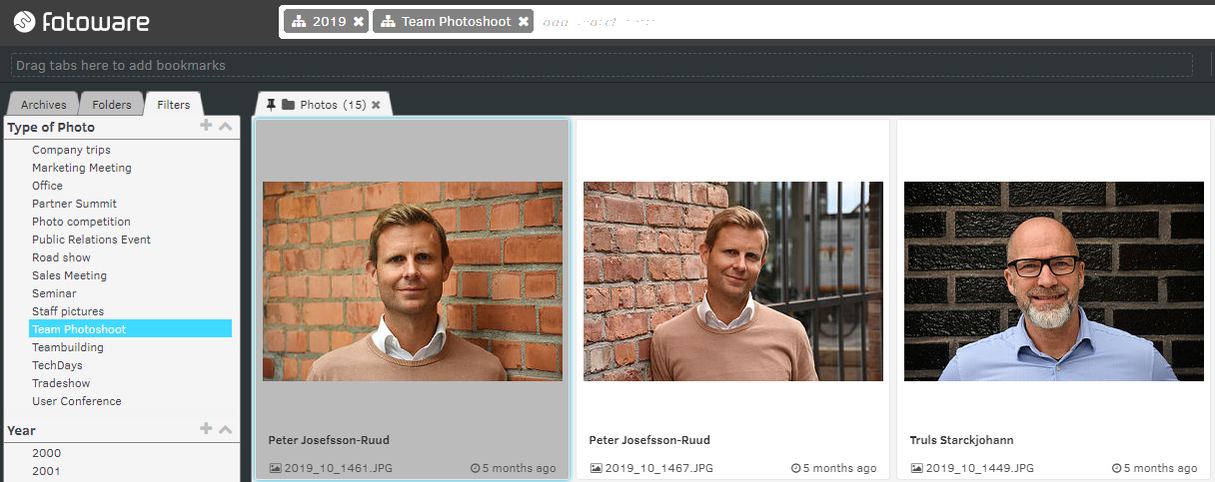
Feature image by Allie Smith, Unsplash
Why metadata governance matters
A Digital Asset Management (DAM) system sits at the core of your organization and will be used for many years to keep your assets in check - they can be brand assets such as company logos and artwork, document collections, pictures, video or any other category of content. The DAM facilitates the organization and the sharing of assets between employees, and the publishing of assets to connected systems such as content management systems, editorial systems and potentially many other integrated systems.
While organizing a small amount of files is easy enough, the very purpose of a DAM is to be the single go-to place to find all types of content, new and old, and to easily reuse content that is relevant in meaningful ways, while keeping tabs on usage rights and approval states, access rights, content lifespan and so on.
- Planning is the key to content organization.
- Metadata is the tool that gets the job done.
- Governance is what keeps your content collections tidy over time.
Left entirely to it own devices, a DAM system, much like a file server that fills up with random content as time goes by, will gradually become useless. If content cannot be easily found and reused, the DAM has failed its mission - to facilitate content discovery, sharing and usage. Governance involves making routines for curating content and its metadata to make current, relevant content easy to find and use, while also keeping tabs on content that has historical value, yet matters less in the daily work of users.
Such routines can involve monitoring system usage, digging into how users search for content and what specifically they search for, updating metadata to more accurately reflect actual use, and training users to make the most of the system, to name a few key areas.

With proper metadata governance in place, users will easily find what they need.
At Fotoware we have over 20 years of experience helping businesses successfully plan and deploy digital asset management solutions that become and remain an indispensable business tool. We have learnt many lessons which we are happy to share.
Get answers to important questions, such as:
- When planning a DAM, who should I involve?
- What metadata is needed, and how much is enough?
- How do I gauge user response to content organization?
- How to create routines for updating metadata and present content in such a way that it remains relevant?
Let’s talk!
Get in touch with one of our experts to learn more about metadata management in a DAM system.


